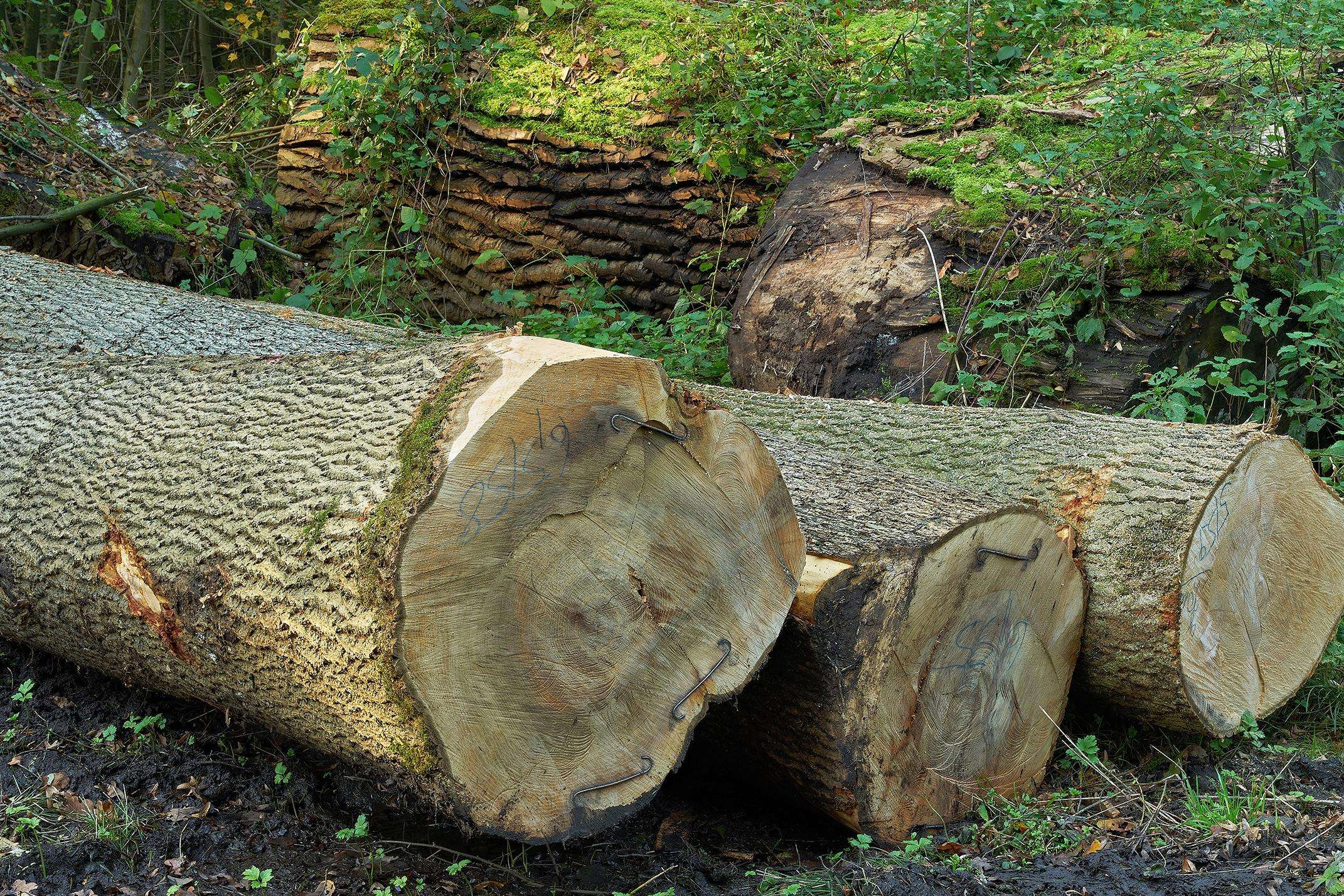On December 23, 2021, the President signed into law the Uyghur Forced Labor Prevention Act (“the Act”). GDLSK’s summary can be accessed here.
One provision requires that the Forced Labor Enforcement Task Force (“Task Force”) (a multi-agency body created to enforce the forced labor import prohibition) solicit public comments “on how best to ensure that goods mined, produced, or manufactured wholly or in part with forced labor in the People’s Republic of China, including by Uyghurs, Kazakhs, Kyrgyz, Tibetans, and members of other persecuted groups in the People’s Republic of China, and especially in the Xinjiang Uyghur Autonomous Region, are not imported into the United States.”
In a notice scheduled for Federal Register publication on January 24, 2022, the Task Force is seeking public comments on the above. Comments, which must be submitted in a specified format through the Federal e-Rulemaking Portal, must be received by March 10, 2022.
No later than 45 days after the close of the comment period, the Task Force must conduct a public hearing inviting witnesses to testify with respect to the use of forced labor in China and potential measures to prevent the importation of goods produced, wholly or in part with China forced labor.
Within 180 days after the enactment of the Act (i.e., by June 21, 2022), the Task Force (in consultation with the Secretary of Commerce and the Director of National Intelligence) must submit to specified congressional committees an initial report detailing the strategy to be pursued for preventing the importation of goods produced, wholly or in part, with China forced labor. Strategy updates are to be submitted annually.
While comments may address any aspects of forced labor import compliance, the Task Force has provided a list of 18 questions (see below) that the public may wish to consider. The submission of comments provides members of the public with an opportunity to potentially shape future enforcement policy.
GDLSK is available to assist your company in the drafting of public comments. In addition, our firm has extensive experience in the area of forced labor import enforcement, including challenging Customs detentions of goods under Withhold Release Orders and counseling on the development of compliance programs. Please do not hesitate to contact Arthur Bodek, Heather Litman or any of our attorneys for assistance in this area.
List of Questions the Task Force Recommends Considering:
- What are the risks of importing goods, wares, articles and merchandise mined, produced, or manufactured wholly or in part with forced labor in China, including from the Xinjiang Uyghur Autonomous Region (“XUAR) or made by Uyghurs, Kazakhs, Kyrgyz, Tibetans, or members of other persecuted groups in any other part of China?
- To the extent feasible, as part of the assessment of risks, what mechanisms, including the potential involvement in supply chains of entities that may use forced labor, could lead to the importation into the United States from China, including through third countries, of goods, wares, articles and merchandise mined, produced, or manufactured wholly or in part with forced labor?
- What procedures can be implemented or improved to reduce the threats identified in Question 2?
- What forms does the use of forced labor take in China and the XUAR? For example, what “pairing assistance” and “poverty alleviation” or other government labor schemes exist in China that include the forced labor of Uyghurs, Kazakhs, Kyrgyz, Tibetans, or members of other persecuted groups outside of the XUAR? What similar programs exist in which work or services are extracted from Uyghurs, Kazakhs, Kyrgyz, Tibetans, or members of other persecuted groups under the threat of penalty or for which they have not offered themselves voluntarily?
- What goods are mined, produced, or manufactured wholly or in part with forced labor in the XUAR or by entities that work with the government of the XUAR to recruit, transport, transfer, harbor, or receive forced labor?
- In addition to cotton, tomatoes, and polysilicon, are there any other sectors which should be high-priority for enforcement?
- What unique characteristics of such high-priority sector supply chains, including cotton, tomato, and/or the polysilicon supply chains, need to be considered in developing measures to prevent the importation of goods mined, produced, or manufactured wholly or in part with forced labor in China?
- How can the United States identify additional entities that export products that are mined, produced, or manufactured wholly or in part with forced labor in the XUAR or by entities that work with the government of the XUAR to recruit, transport, transfer, harbor, or receive forced labor?
- How can the United States most effectively enforce the Act against entities whose goods, wares, articles, or merchandise are made wholly or in part with forced labor in China and imported into the United States?
- What efforts, initiatives, and tools and technologies should be adopted to ensure that U.S. Customs and Border Protection can accurately identify and trace goods entered at any U.S. ports in violation of section 307 of the Tariff Act of 1930, as amended (the forced labor statute)?
- What due diligence, effective supply chain tracing, and supply chain management measures can importers leverage to ensure that they do not import any goods mined, produced, or manufactured wholly or in part with forced labor from China, especially from the XUAR?
- What type, nature, and extent of evidence can companies provide to reasonably demonstrate that goods originating in China were not mined, produced, or manufactured wholly or in part with forced labor in the XUAR?
- What tools could provide greater clarity to companies on how to ensure upcoming importations from China were not mined, produced, or manufactured wholly or in part with forced labor in the XUAR? To what extent is there a need for a common set of supply chain traceability and verification standards, through a widely endorsed protocol, and what current government or private sector infrastructure exists to support such a protocol?
- What type, nature, and extent of evidence can demonstrate that goods originating in China, including goods detained or seized were not mined, produced, or manufactured wholly or in part with forced labor?
- What measures can be taken to trace the origin of goods, offer greater supply chain transparency, and identify third-country supply chain routes for goods mined, produced, or manufactured wholly or in part with forced labor in China?
- How can the U. S. Government coordinate and collaborate on an ongoing basis with appropriate nongovernmental organizations and private sector entities to implement and update the strategy that the FLETF will produce pursuant to the Act?
- How can the U.S. Government improve coordination with nongovernmental organizations and the private sector to combat forced labor in supply chains, and how can these serve as a model to support implementation of the Act?
- Is there any additional information the Task Force should consider related to how best to implement the Act, including other measures for ensuring that goods mined, produced, or manufactured wholly or in part with forced labor do not enter the United States?




